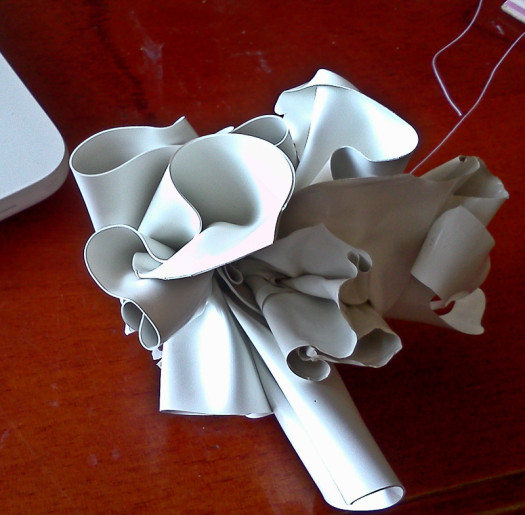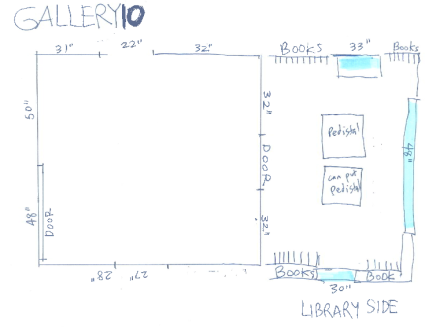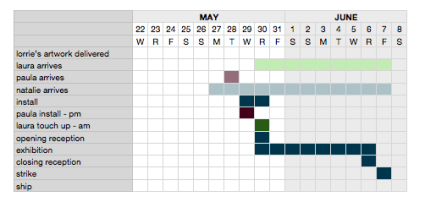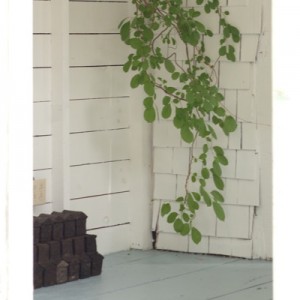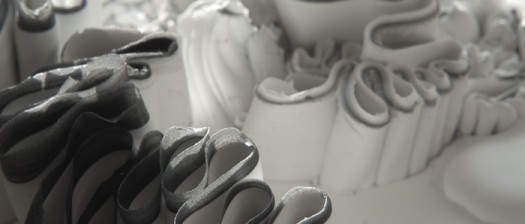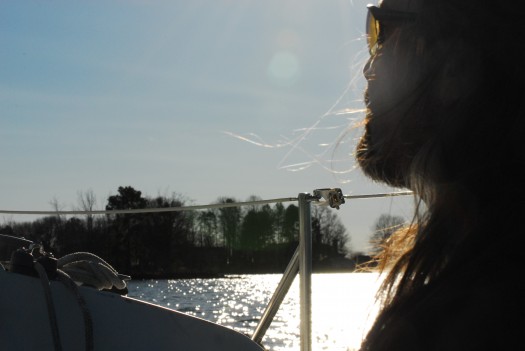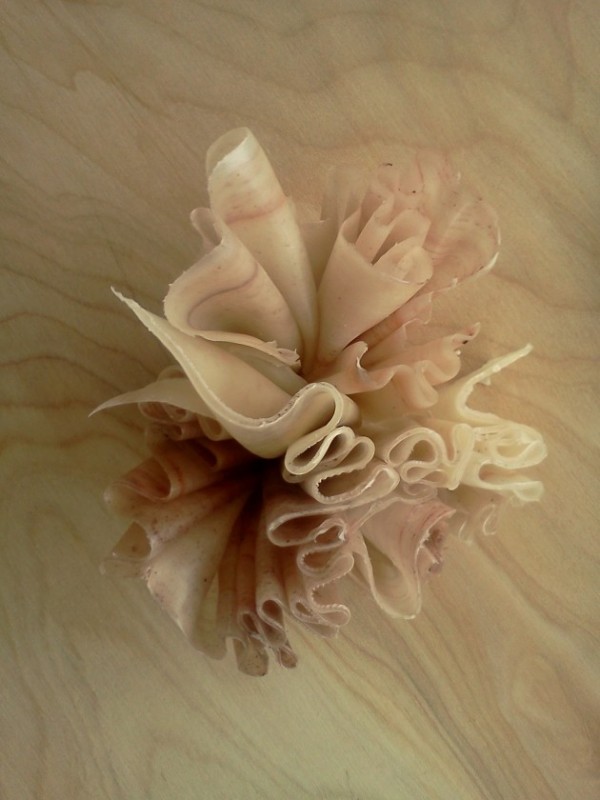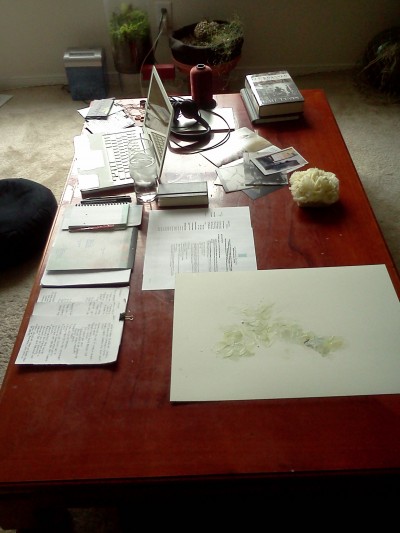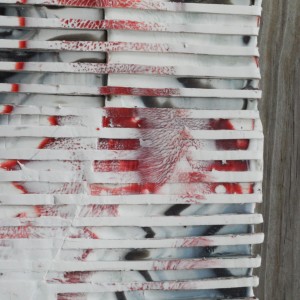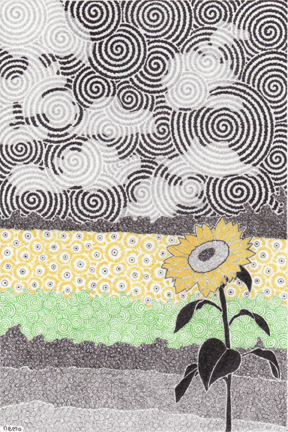with the beginning of next week starts truly an avalanche of activity leading up to our so called casting off in july. here's what the next few months will look like.
- beginning of february - i begin month long residency at escape to create in seaside, fl. i'll be developing new installation work with new materials which are otherwise destined for landfill as well as working on a number of grant applications and developing the define earth website.
- beginning of march - i'll be back in charlotte and starting to pack up work for my solo exhibition at city ice arts in kansas city, mo, as well as starting to sort through our belongings to determine what will be stored and what will be sold. we're also going to take some short scouting trips to places which might be interesting locations to work on the define earth project.
- late march - we'll be launching a kickstarter campaign, celebrate my birthday, kevin retires, and we install the show in kc
- beginning of april - after the exhibition reception and first friday events, i'll be back in charlotte, continuing the purge and packing up work for…
- late-april - delivering work for artfields in lake city, south carolina. a two week long art competition with $100,000 in prize money. at the same time, kevin will be striking the show in kc and bringing the work back to charlotte.
- may - a slight breather focusing on selling and packing as well as retrieving the work from artfields.
- beginning of june - i begin a month long residency at the golden foundation in new berlin, ny.
- late june - kevin will wrap up selling and storing our belongings,vacating our apartment, and come to get me at the end of the residency.
at that point we'll be officially homeless!!! yay! (i think.)
our plans from there out in part depend on how the kickstarter campaign goes, as well as how my funding applications are proceeding. at minimum, we'll be fixing up the 26' ericson sailboat we currently have so it's in live-aboard condition and fully safe for travel. i'll be creating some new pieces for installation of my show with aspen hochhalter at central piedmont community college in september. at some point in there, we'll relocate the boat to charleston, sc and start honing our sailing skills as well as beginning actual project work.
my funding strategy is broken out into plan a, b, c and d because i'm a former project manager and some anal retentive behavioral patterns you just can't break. but suffice as to say, they range from going with what we've got and making due, working pretty small to begin with and growing over time to selling the boat we have a buying a larger sailboat and taking off. a friend of ours who's an experienced sailor suggested we spend some time on the ocean sailing the boat we have so we can have a better idea of what we want in a larger boat when that option becomes available. we agree.
in my mind, i see the funding breaking down as such.
- in-kind donations - we'll be seeking in-kind donations of equipment to fit out our current boat to make it a decent live-aboard and safer vessel for ocean sailing, greening up where we can. things like solar panels, composting toilet, wind vane and auto-steering, navigation equipment, etc.
- kickstarter funds - funds raised from our campaign will go towards equipment we can't get through in-kind donations, and the sailing and project expenses - fuel, docking and mooring fees, any kind of permits we might need to get, project equipment, etc.
- grant, foundation, corporate funds - larger project expenses such as purchasing a larger boat and implementing the onboard residency, upgrading equipment and greening out the boat, setting up the database and other platforms needed to maintain the habitat project (more on that coming soon), etc.
unfortunately, because the grant and foundation funding can take so long to come through, and there's no guarantee we'll win, i feel it's more important to get started on a small scale rather than not start at all. at first that bothered me. that we might spend a lot of the funds people contribute on the campaign fixing up our small boat, then receive a grant which allows us to get a much better boat. but then i realized if that does happen, those funds made from selling the smaller boat will in reality just go back into the project anyhow, paying for new upgrades, maintenance or project expenses, so it's not really a loss.
so, what do you think? sounds busy, but sounds good? do you have any questions?
